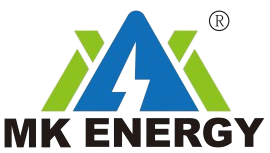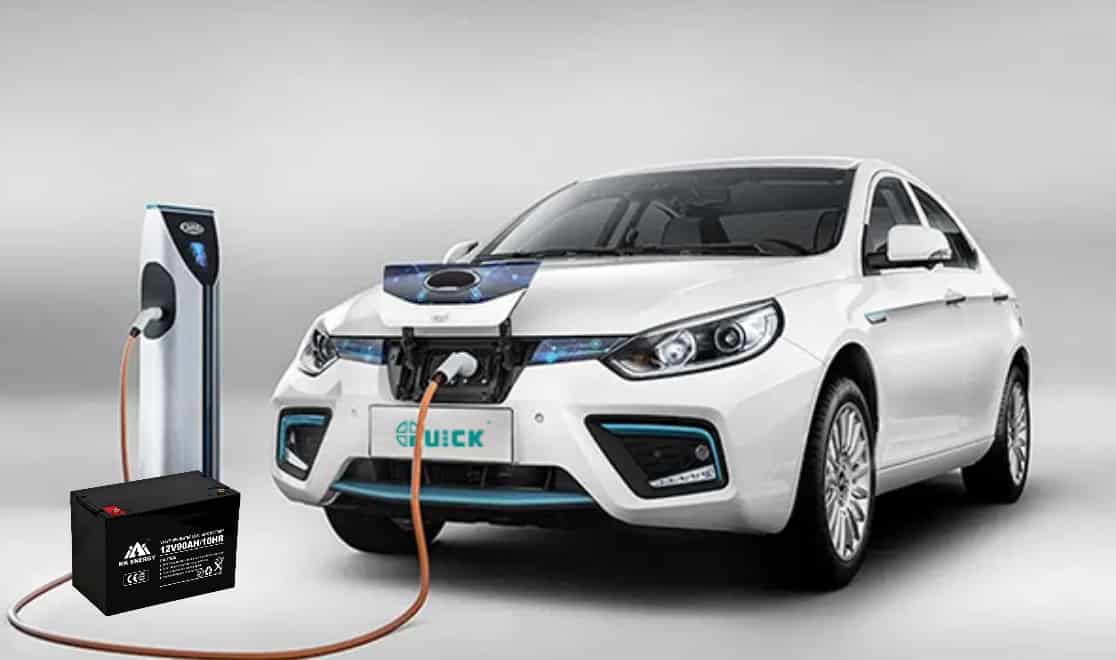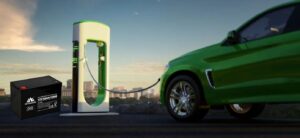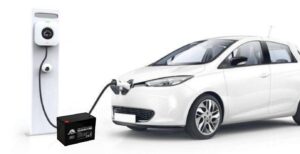Regarding energy storage, one reliable technology that has stood the test of time is the lead-acid battery. Over the years, this humble but powerful device has been the cornerstone of reliable energy storage in a way we rarely acknowledge. The way silently supports our modern life. Learn more and explore lead-acid batteries’ long-lasting relevance and remarkable versatility.
The chemistry behind lead-acid batteries
The core of lead-acid battery reliability lies in its simple yet ingenious chemistry. This battery uses lead dioxide as the positive electrode. Sponge lead as the negative electrode and sulfuric acid solution as the electrolyte. It relies on reversible chemical reactions to generate electricity. It excels at delivering bursts of power, making it ideal for applications that require a quick release of energy. This powerful chemistry makes lead-acid batteries the first choice for critical applications such as automotive starting batteries and uninterruptible power supply (UPS) systems. You’ll be from the dependable nature of lead-acid technology when you turn the ignition key or during a power outage.
The lead-acid battery is versatile and adaptable!
While lead-acid batteries may not have the allure of cutting-edge lithium-ion batteries, their adaptability is unmatched. They can meet different needs. Starting batteries, commonly found in vehicles, provide a quick burst of energy to ignite the engine. Deep cycle batteries, on the other hand, provide continuous, long-lasting power and are often used in renewable energy systems, golf carts, and boats. Marine batteries are another specialized form factor that allows them to withstand the rigors of life on the water. Finally, there are maintenance-free lead-acid batteries, which offer the convenience of not having to regularly check the electrolyte. This versatility makes lead-acid batteries the first choice for a variety of applications.
Lead-acid battery will continue to develop sustainably!
In the current environment that promotes environmental protection, lead-acid batteries continue to evolve to meet the expectations of sustainable development. Nearly 99% of the components in a lead-acid battery are recyclable, making it a model for the circular economy. Battery recycling plants efficiently recycle lead and plastic, preventing environmental pollution and saving valuable resources. Additionally, the lead-acid industry continues to innovate to reduce its ecological footprint. Modern manufacturing processes are designed to be sustainable, ensuring lead-acid batteries comply with today’s green initiatives.
They underestimated potential!
The enduring relevance of lead-acid batteries extends into the future, where advanced lead alloys, improved electrode materials and enhanced designs are pushing the limits of lead-acid technology. In an evolving energy landscape, lead-acid batteries have found new life in applications that require reliability and cost-effectiveness. From renewable energy storage to backup power for critical infrastructure, their unobtrusive presence quietly assures us of reliable solutions to modern challenges.
New roles for lead-acid batteries
Lead-acid batteries are playing a new role in energy storage. Their ability to efficiently capture and release energy makes them ideal for storing electricity generated by intermittent energy sources such as solar and wind. Additionally, our researchers and engineers at MK Energy are continually working to improve lead-acid battery technology. Advanced materials such as carbon additives and graphene are being explored to improve their performance, extend their service life, and increase their energy density. These innovations are expected to make lead-acid batteries more attractive in a variety of applications.
The last point
In short, lead-acid batteries and other types of batteries contribute to the energy storage field, and we are constantly making innovations and research behind the scenes. Let these batteries be presented in our lives in different ways, and let everyone feel the unique technical services of MK Energy.



